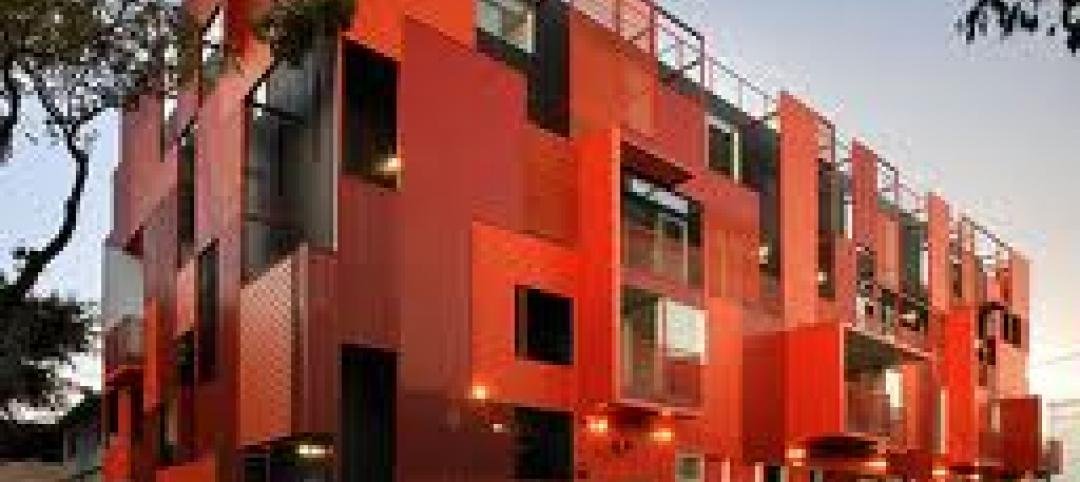The Southern Forest Products Association (SFPA) does not test lumber or establish design values. SFPA markets lumber products and helps users understand Southern Pine grading rules and design values. “Our objective is to provide information helpful to our member producers and their customers,” said SFPA president Adrian Blocker. “We feel a summary of the process used to develop new design values will clarify many of the questions we have received.”
Design values for structural lumber go through a rigorous, step-by-step process, including development by the appropriate rules-writing agency (such as the Southern Pine Inspection Bureau (SPIB) for Southern Pine), approval by the American Lumber Standard Committee (ALSC) Board of Review, and adoption into the building codes by the International Codes Council.
- ALSC provides the basis for design value acceptance. ALSC serves as the standing committee for the American Softwood Lumber Standard, Voluntary Product Standard PS 20, developed in accordance with U.S. Department of Commerce procedures. ALSC administers the American Lumber Standard system which provides the basis for acceptance of lumber and design values for lumber by the building codes throughout the U.S. The last major change for visually graded dimension lumber occurred in 1991 when design values for Southern Pine and other North American species were published based on In-Grade testing of full-size samples of commercially produced lumber.
- The resource is monitored by rules-writing agencies. Since 1994, the Southern Pine Inspection Bureau (SPIB) has conducted an annual resource monitoring program developed in collaboration with the U.S. Forest Products Laboratory (FPL).
- Possible resource changes are detected. During 17 years of resource monitoring by SPIB, the level established to trigger additional testing was never reached. However, overall trends in the annual test data suggested a possible shift in the raw material resource or product mix. These trends, along with anecdotal external information, prompted SPIB to conduct an enhanced testing program.
- Sampling and testing plans are approved by the ALSC Board of Review. SPIB’s Special Procedures for Monitoring Southern Pine Design Values plan was approved on November 18, 2010.
- Testing and data analysis is conducted by rules-writing agencies. SPIB partnered with Timber Products Inspection to sample No.2 2x4 test specimens according to the approved plan. SPIB and Timber Products conducted destructive tests in bending and tension, plus gathered stiffness and property data, all in accordance with ASTM International standards. SPIB performed the data analysis, also in conformance with ASTM standards. The SPIB Board of Governors studied the results and considered all options, including the possibility of modifying SPIB’s Standard Grading Rules for Southern Pine Lumber to cull out the lowest strength pieces. The conclusion reached was that the test results did not support such a grading rule change. Instead, the SPIB Board of Governors concluded the appropriate outcome was to propose new design values for all grades and sizes of visually graded Southern Pine dimension lumber. Moving forward, the SPIB Board of Governors committed to the completion of the full In-Grade testing matrix by testing Select Structural 2x4s, No.2 and Select Structural 2x8s, and No.2 and Select Structural 2x10s. SPIB and Timber Products will conduct destructive tests in bending, tension and compression, plus gather stiffness and property data. Testing is scheduled to be completed by Spring 2012.
- Proposed new design values are submitted to the ALSC Board of Review by rules-writing agencies. SPIB was the first agency to submit proposed new design values. The National Lumber Grading Authority has submitted its monitoring data. All other rules-writing agencies are immediately undertaking evaluation of their resources and have submitted sampling and testing plans for their species to the ALSC Board of Review.
- Technical review is performed by the U.S. Forest Products Laboratory at the request of the ALSC Board of Review.
- New design values are approved by the ALSC Board of Review. The ALSC Board of Review will review information involving design values for all species at its next meeting, scheduled for October 20, 2011. New design values for Southern Pine could be approved at that meeting. Or, the ALSC Board of Review may decide additional information, such as the results from SPIB’s full In-Grade matrix testing, is needed before granting final approval.
- New design values are published by rules-writing agencies. SPIB will publish new design values for visually graded Southern Pine dimension lumber upon approval by the ALSC Board of Review.
- New design values are incorporated into the building codes by reference through the National Design Specification® (NDS®). The American Wood Council (AWC) will update the NDS Design Value Supplement, a compendium of approved lumber design values published by rules-writing agencies. In addition, AWC will update the Wood Frame Construction Manual (WFCM) which references the NDS supplement for development of prescriptive designs. AWC will submit new span and application tables to the International Codes Council, as well as propose other code and standard changes needed to incorporate new design values into the building codes.
State and local code jurisdictions determine adoption and enforcement timelines. Rules-writing agencies are responsible for making new design values publically available upon approval by the ALSC Board of Review. SFPA and AWC will assist by providing the new information to the design, specification, user, and enforcement communities. It is then the responsibility of building code jurisdictions to determine how and when to begin enforcement.
“SFPA is the marketing organization that communicates new design value information with key customer groups and allied industry organizations,” said Blocker. “Many in the construction industry, including SFPA, support an orderly and logical transition for achieving a timely changeover to new design values while avoiding project stoppages or delays. BD+C
Related Stories
| Feb 17, 2012
Tremco Inc. headquarters achieves LEED Gold certification
Changes were so extensive that the certification is for new construction and not for renovation; officially, the building is LEED-NC.
| Feb 17, 2012
MacInnis joins Gilbane board of directors
MacInnis is the chairman and recently retired CEO of Connecticut-based EMCOR Group, Inc.
| Feb 16, 2012
Gain greater agility and profitability with ArchiCAD BIM software
White paper was written with the sole purpose of providing accurate, reliable information about critical issues related to BIM and what ArchiCAD with advanced technology such as the GRAPHISOFT BIM Server provide as an answer to address these issues.
| Feb 16, 2012
TLC Engineering for Architecture opens Chattanooga office
TLC Engineering for Architecture provides mechanical, electrical, structural, plumbing, fire protection, communication, technology, LEED, commissioning and energy auditing services.
| Feb 16, 2012
Summit Design + Build begins build-out for Emmi Solutions in Chicago
The new headquarters will total 20,455 sq. ft. and feature a loft-style space with exposed masonry and mechanical systems, 15 foot clear ceilings, two large rooftop skylights and private offices with full glass partition walls.
| Feb 16, 2012
Highland named president of McCarthy Building Companies’ California region
Highland moved into this new role in January 2012 following a six-month transition period with Carter Chappell, the company’s former president, California region.
| Feb 16, 2012
Big-box retailers not just for DIYers
Nearly half of all contractor purchases made from stores like Home Depot and Lowe's.
| Feb 16, 2012
4.8-megawatt solar power system completed at Jersey Gardens Mall
Solar array among the largest rooftop systems in North America.
| Feb 15, 2012
Fourth-generation Ryan to lead Ryan Companies AE team
Ryan leads a team of eight architects, four civil engineers, two landscape architects and two virtual building specialists in their efforts to realize their customer’s vision and needs through Ryan’s integrated project delivery system.
| Feb 15, 2012
NAHB sees gradual improvement in multifamily sales for boomers
However, since the conditions of the current overall housing market are limiting their ability to sell their existing homes, this market is not recovering as quickly as might have been expected.

















